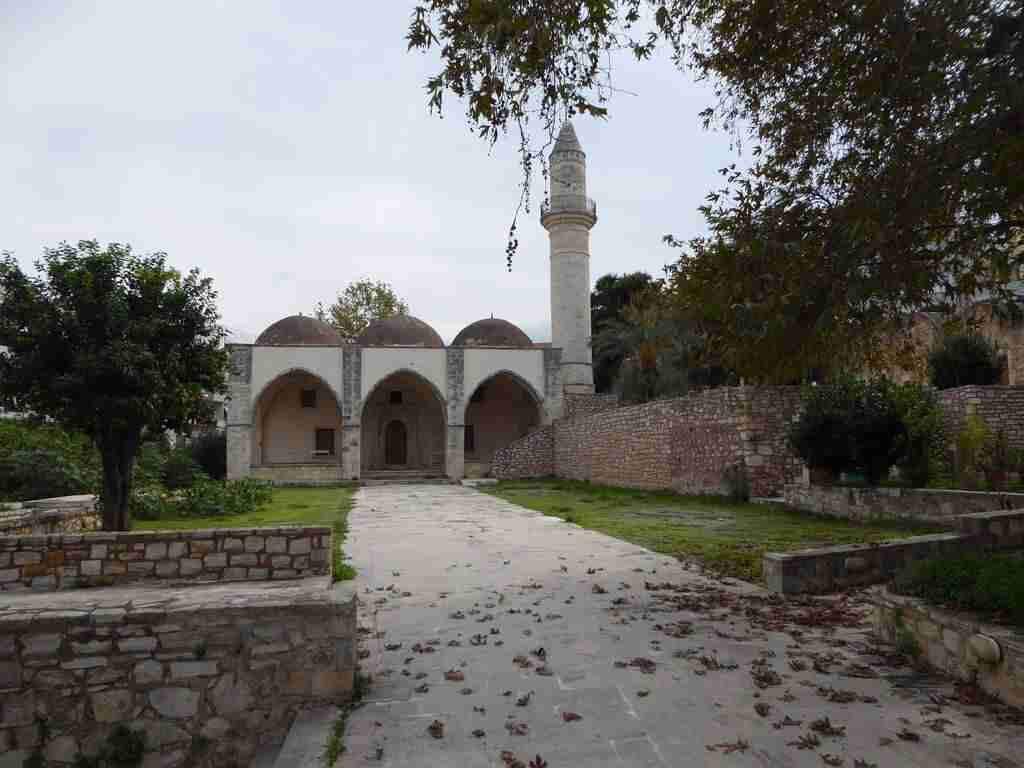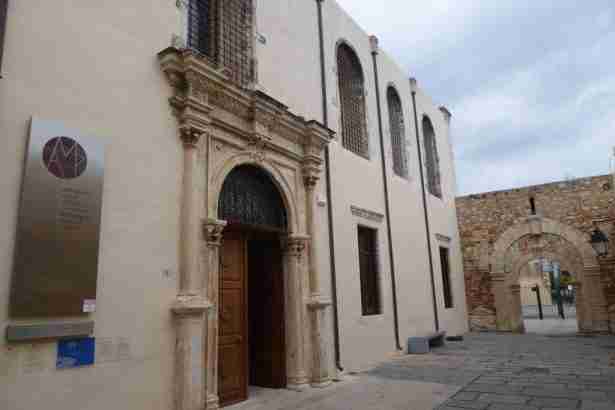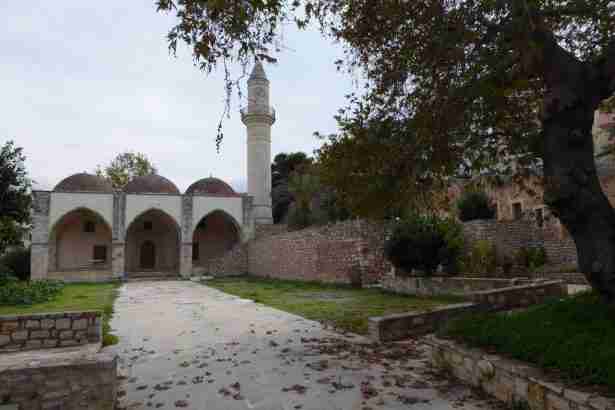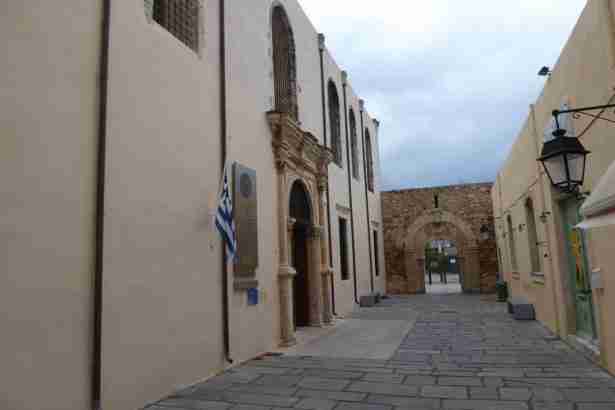The Museum is housed in the marvelous Veli Pasha Mosque. The Mosque was granted to the Goulandris Natural History Museum, by the Ministry of Culture and after gradual restoration because of the severe damages after the bombings on 1941, the Paleontological Museum started operating on July10, 2008, as the Goulandris Natural History Museum Annex in Crete.
The exhibition presents the geological and paleontological history of Crete in the past 300.000.000 years. The paleontological collection of the Municipality of Rethymnon, that had been conceded to the Museum, was the basis of the Museum’s collection, but only a part is exhibited.
The most interesting exhibits are the findings in the region of Rethymno of tusks and bones from the dwarf Cretan elephant (Εlephas Creutzburgi), a particular species of elephant which did not exceed the height of 1.5 meters and existed in the island of Crete 11000-13500 years ago and which is represented, in anatomic arrangement, in real-size. Whole tusks fossils and hundreds of elephant bones in very good condition have been found in a coastal cave, nearby the town of Rethymno. Also the fossiled material of dwarfs hippos from the twin city of Rethymno, Agia Napa, Cyprus, provided to the Museum by the Geological Survey of Cyprus, as well as the material presenting the small-bodied deer (Candiacervus ropalophorous), 70-80 cm in height, with spatula-shaped antlers, without branching. The coast west of the town of Rethymno host, within coastal caves and other places, the densest and largest concentration of fossiliferous areas, at European and Afro-Asian Mediterranean islands level.
Samples of fossils of invertebrate from the Paleozoic, Mesozoic and Cenozoic marine deposits are exposed in the museum. The visitors of the museum can also see documents, drawings, maps and photographs, which indicate the geological evolution of Crete. The museum regularly organizes a variety of events, guided tours, educational programs and many activities for students, as well as special tours for visitors.
Location: Satha and Markellou
Tel.: +30 2831023083
info@gnhm.gr
Open: Tuesday, Thursday, Saturday 9:00 am – 3:00 pm
Admission: 4€ / 2€ students / Free entrance: children below 10yrs old, teachers, guides, journalists, disabled, employees of the Municipality of Rethymno, military, police, International Council of Museum -ICOM members








